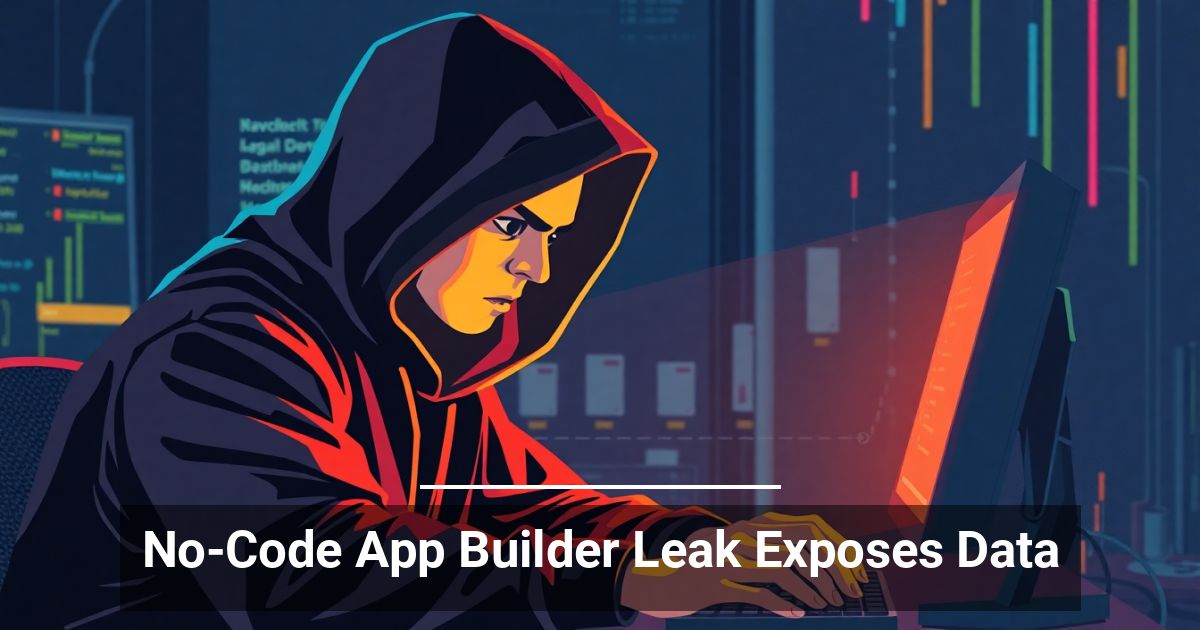
🔓 “What Passion.io’s Data Leak Can Teach the Rest of Us”
Hey, it’s Peter.
Let me ask you something:
How safe is your company’s data — really?
How safe is your company’s data — really?
Because here’s the thing: even companies that look polished on the outside can be wide open on the inside. And when that happens, it’s not just embarrassing — it’s dangerous.
Let me tell you about what just happened with Passion.io.
🚨 What Went Wrong
Passion.io is a platform that helps people build mobile apps without needing to code. Sounds great, right?
But here’s the problem:
They stored over 3.6 million records — including internal files, images, and spreadsheets — in a database that was completely open to the public.
No password. No encryption. No protection.
They stored over 3.6 million records — including internal files, images, and spreadsheets — in a database that was completely open to the public.
No password. No encryption. No protection.
A cybersecurity researcher named Jeremiah Fowler found it and reported it. But by then, the damage was already done.
🧠 What This Means for You
If it can happen to them, it can happen to any of us.
And when it does, it’s not just about fixing a tech issue.
It’s about losing trust. Losing customers. Losing everything you’ve worked so hard to build.
It’s about losing trust. Losing customers. Losing everything you’ve worked so hard to build.
So let’s talk about how to protect your business before it’s too late.
🔐 1. Lock Down Your Logins
Weak passwords are like leaving your front door wide open.
Here’s what works:
- Use strong, random passwords
- Store them in a password manager like LastPass or Bitwarden
- Turn on multi-factor authentication (MFA) — so even if someone gets your password, they still can’t get in
🧑🏫 2. Train Your Team
Most breaches start with a simple mistake — clicking a bad link, opening the wrong file, or using public Wi-Fi without protection.
Make sure your team knows:
- How to spot phishing emails
- What suspicious activity looks like
- When to ask before changing settings
- How to use secure networks when working remotely
Cybersecurity training isn’t a one-time thing. It should be part of your culture.
🔄 3. Keep Everything Updated
Old software is like an unlocked window.
Hackers know where to look — and they’ll find a way in.
Hackers know where to look — and they’ll find a way in.
Make sure your systems are always up to date.
Install patches. Fix bugs. Stay ahead of the threats.
Install patches. Fix bugs. Stay ahead of the threats.
💾 4. Back Up Your Data
If someone steals your data and holds it for ransom, what’s your plan?
Backups are your safety net.
Keep one copy in the cloud and another in a secure physical location.
That way, you can keep running — even if the worst happens.
Keep one copy in the cloud and another in a secure physical location.
That way, you can keep running — even if the worst happens.
💬 Final Thought
Passion.io’s mistake is a wake-up call for all of us.
They didn’t mean to leave their data exposed. But they did. And now they’re paying the price.
They didn’t mean to leave their data exposed. But they did. And now they’re paying the price.
You don’t have to make the same mistake.
Take a few simple steps today — and protect everything you’ve built.
— Peter


